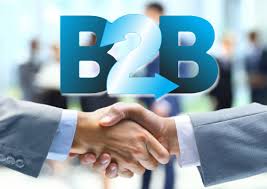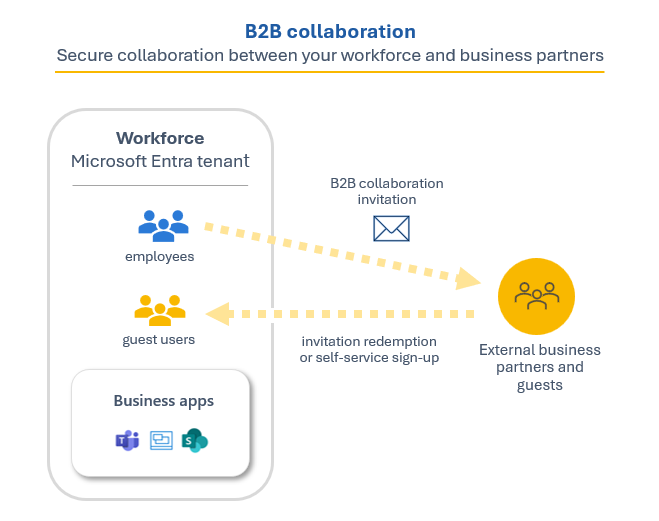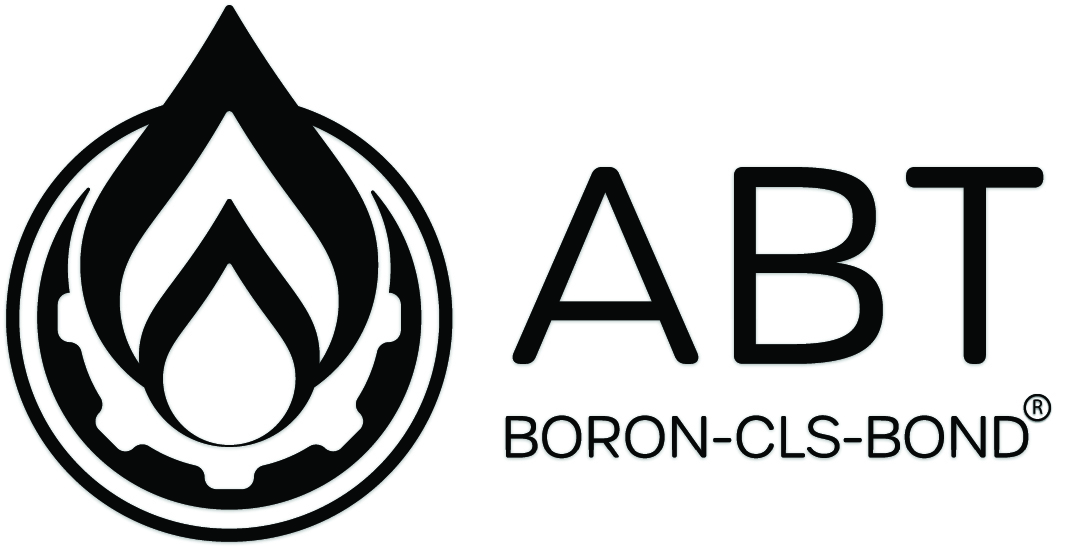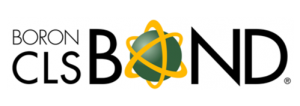partner program hub — building and scaling a strategic partner ecosystem

For program managers and channel leaders exploring centralized partner operations, a practical resource is available at partner program hub https://www.partner2b.com/partner-program-hub.
In an increasingly connected B2B landscape, the partner program hub has emerged as a critical platform for organizations that rely on channel partners, resellers, affiliates, and integrators to reach new customers. A partner program hub is more than a directory; it’s the operational heart of successful partner ecosystems, combining onboarding, enablement, deal registration, marketing assets, performance tracking, and incentives into a single, coherent experience. This article explains why a partner program hub matters, how to design one, and which metrics and best practices lead to sustained partner engagement and growth.
Why centralize partner operations? Fragmented partner management results in missed opportunities, inconsistent messaging, and slow time-to-value for partners. A centralized hub reduces friction by giving partners self-service access to the resources they need—product training, certification paths, sales kits, co-brandable marketing materials, pricing tools, and lead submission forms. When partners can quickly find accredited content and handle routine tasks themselves, your internal teams focus on strategic activities like recruiting high-potential partners and closing complex deals.
Core components of an effective partner program hub
1) Clear program structure and tiers. A hub should outline program tiers (e.g., Registered, Silver, Gold, Platinum) with transparent requirements and benefits. Tiers help partners understand the path to higher margins or additional support, and they guide internal resource allocation so that your best partners receive premium attention. Include eligibility criteria, performance expectations, and renewal conditions to avoid ambiguity.
2) Onboarding and training. First impressions matter. Automated onboarding flows, interactive product training, and certification tracks reduce ramp time and ensure partners represent your brand accurately. Offer a mix of on-demand modules, live sessions, and hands-on labs. Track certification completion and make it visible within the hub so deal teams know partner competencies.
3) Sales and marketing enablement. Provide a library of case studies, pitch decks, one-pagers, ROI calculators, demo scripts, and co-branded assets. Make downloadable templates easy to customize and include clear usage guidelines. Integrate marketing development fund (MDF) application forms and campaign blueprints to empower partners to execute local demand-generation activities that align with your brand.
4) Deal registration and pipeline collaboration. Protect partner-sourced opportunities through a simple, enforceable deal registration workflow. Integrate registration with CRM so field and partner teams can collaborate on pipeline development. Transparent deal registration and status reporting increase partner trust and reduce channel conflict.
5) Incentives, rebates, and rewards. Successful hubs embed incentive mechanics—spiffs, tier-based rebates, volume discounts, and co-op funds—into partner scorecards. Automate calculations where possible and provide partners with timely statements showing earned rewards and payout timelines. When partners can see the financial upside clearly, motivation and program loyalty improve.
6) Performance analytics and reporting. A hub should offer dashboards for both partners and internal managers. Partners want to see their sales performance, certification status, and marketing ROI. Your channel team needs aggregate views to identify high-growth partners, at-risk relationships, and gaps in coverage. Use data to drive targeted enablement, promotional offers, and recruitment.
Design principles for a partner program hub

User-centric navigation. Design the hub with partner personas in mind—sales reps, marketing managers, technical consultants, and executives will each have different priorities. Use role-based dashboards and permissioning to surface relevant content.
Consistency and brand control. Enforce brand guidelines and messaging frameworks across co-branded materials. A stewarded asset library ensures partners communicate your value proposition consistently while allowing appropriate localization.
Integration-first approach. A hub is most effective when connected to CRM, PRM (partner relationship management), LMS (learning management system), payment systems, and marketing automation platforms. Integrations reduce duplicate work and create a single source of truth for partner activities and outcomes.
Automation and self-service. Automate repetitive tasks—onboarding emails, certification reminders, MDF approvals, and reward calculations—so partners receive timely feedback and your channel team scales without hiring proportionally more staff.
Security and compliance. Ensure partner access adheres to least-privilege principles, that sensitive deal information is secured, and that data handling complies with regulations such as GDPR or sector-specific requirements. Include audit trails for incentive payments and contract versions.
Key metrics to monitor
Lead conversion rate. Track the percentage of partner-sourced leads that convert to opportunities and closed deals. This reveals partner effectiveness and quality of marketing assets.
Average deal size and velocity. Compare partner deals against direct sales to understand product-market fit across channels and to price incentives appropriately.
Partner active rate. Measure the share of registered partners who log in, access training, submit leads, or participate in campaigns over a given period. Low activity suggests enablement or incentive misalignment.
Revenue per partner. Segment partners by revenue to identify top performers and long-tail contributors. Use these insights to prioritize support and program investments.
Time-to-first-sale. How long after onboarding does a partner make their first sale? Shorter times indicate effective onboarding and clearer value propositions.

Best practices for launching and scaling a hub
Start with pilot cohorts. Launch with a select group of partners to validate workflows, content effectiveness, and integrations. Use feedback to refine the hub before wider rollout.
Invest in partner success as a discipline. Assign partner success managers to high-potential partners and an onboarding specialist for new recruits. Regular health checks and joint business planning sessions increase mutual accountability.
Maintain a content lifecycle. Treat enablement materials as living assets. Update them after product releases, collect partner feedback, and retire outdated collateral to prevent confusion.
Promote community and feedback loops. Enable forums, office hours, and partner advisory councils. Peer-to-peer learning and direct lines for feedback make partners feel heard and deepen engagement.
Case example (abstract). A mid-market SaaS vendor centralized its regional partner playbooks, automated certification, and introduced deal registration via a partner hub. Within 12 months the average time-to-first-sale fell by 30%, partner-sourced revenue increased 45%, and partner churn dropped significantly. These results came from removing friction, improving visibility into performance, and aligning financial incentives with strategic priorities.
Common pitfalls to avoid
Overcomplication. Don’t overload the hub with features partners rarely use. Prioritize high-impact capabilities and iterate based on usage data.
Neglecting mobile access. Field sellers and partners often need resources on the go. Ensure key assets and workflows are mobile-friendly.
Ignoring partner feedback. Closed feedback loops are essential. If partners request content or functionality and don’t see action, trust erodes quickly.
Conclusion
A thoughtfully designed partner program hub is a force multiplier for channel-led growth. It reduces operational friction, accelerates partner productivity, and creates a foundation for scalable collaboration. By prioritizing role-based experiences, smart integrations, measurable incentives, and continuous improvement, organizations can transform disparate partner activities into a cohesive ecosystem that delivers predictable revenue and stronger market reach. Whether launching a new program or modernizing an existing one, treat the hub as a strategic product—invest in user experience, measure outcomes, and iterate to align partner success with your business objectives.






